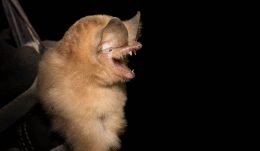- Locations: Parque Nacional Guanahacabibes and Parque Nacional Sierra Cristal, Cuba
- Active dates: 2017 - ongoing
Aims
Assess the current conservation status of these two poorly-studied and high-priority EDGE species in Cuba and identify the threats they face, with a view to supporting longer-term future in-country conservation projects developed in partnership with Cuban researchers.
Species
Background
Cuba is a global priority for EDGE species and it is also remarkably understudied, with relatively limited baseline information available for many species of conservation concern.
The Cuban Greater funnel-eared bat (Natalus primus), is currently known from just a single cave – ‘Cueva la Barca’ – in Guanahacabibes National Park. Until it was rediscovered in 1992, it was thought to be extinct, with fossil localities known from across Cuba. It has apparently been undergoing population extirpations since the late Pleistocene, continuing to the present day, but the reasons for this are poorly known. The basic ecology, behaviour, habitat requirements and population size of N. primus also remain poorly known although “a few thousand” individuals were thought to inhabit Cueva la Barca in 1992.
The Cuban solenodon (Solenodon cubanus) is among the top five most evolutionary distinct mammals on Earth today. The species is known from fossil sites across the island, but is today restricted to the Nipe-Sagua-Baracoa mountain range in the eastern part of the island. There have been few records of the species since its description in the nineteenth century, and it has repeatedly been assumed to be extinct. However, three individuals were captured in the 1970s, one in 1998, one in 2003, and most recently seven in 2012. The population trend of the species is unknown and no long-term study of its ecology has ever been done. Currently, the Cuban solenodon is only known from the Alejandro de Humboldt National Park, as well the Sierra Cristal National Park but its distribution outside these core protected areas is unknown.
Actions
-Two scientists from EDGE (Dr. Oliver Wearn and Dr. Carolina Soto Navarro) plus two Erasmus Darwin Barlow participants (Katia Sanchez Ortiz and Josh Blackman) travelled to Cuba for three weeks in February 2017 on an exploratory visit, to find out about the status of the Cuban Greater funnel-eared bat and the Cuban solenodon.
-N. primus was found in smaller numbers than was hoped in Cueva la Barca – possibly less than 400 individuals remaining. The team used infrared cameras to conduct roost counts, filming and recording roosts by day and the exit of bats from the cave by night. They also tested sound-traps ('AudioMoths') aiming to map the foraging distribution of the species in the surrounding forest, and conducted photogrammetry of the cave in order to build up a 3D model that help us to improve our current knowledge of the habitat of the Cuban Greater funnel-eared bat.
-The team also travelled to Pico Cristal National Park to confirm the presence of the Cuban solenodon beyond its currently known range by using sign surveys (looking for signs of rooting, droppings and burrows) and motion-triggered camera traps set up in front of burrows, to confirm whether they are being actively used.
Gallery
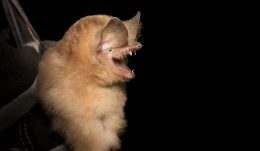
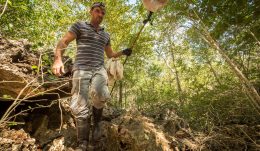
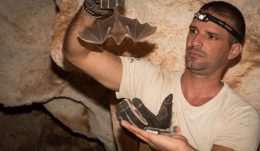
Achievements
Related blog posts
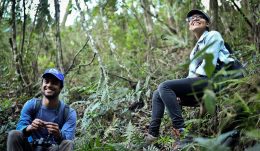
Searching for the Elusive Cuban Solenodon
The Erasmus Darwin Barlow Conservation programme aims to give conservationists of the future new skills and experiences, by funding two places each year to…
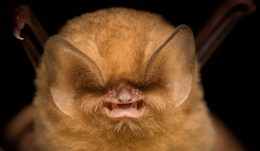
ZSL EDGE of Existence expedition in Cuba
The Erasmus Darwin Barlow Conservation programme aims to give conservationists of the future new skills and experiences, by funding two places each year to…
